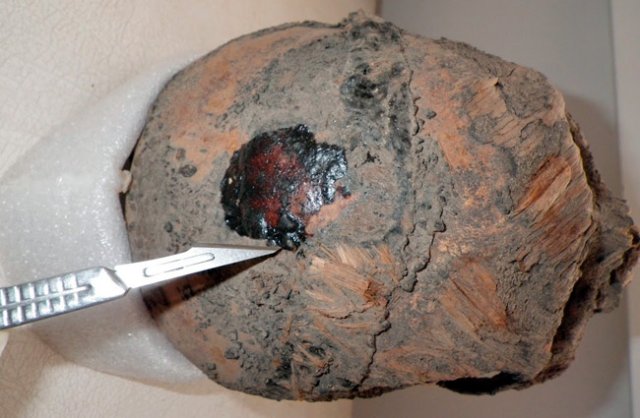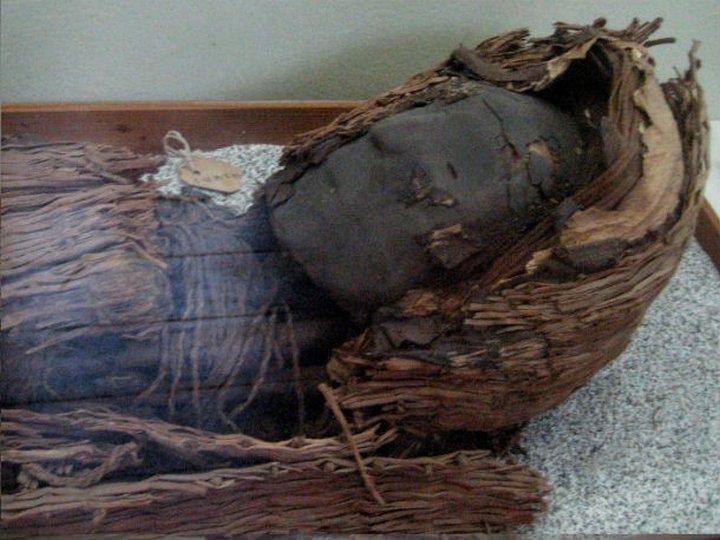MessageToEagle.com – After thousands of years, Chinchorro mummies, now housed in the collection of the University of Tarapacá’s San Miguel de Azapa Museum in Arica, Chile, were rapidly degrading.
The Chinchorro culture existed on the coast of present day northern Chile and southern Peru as much as 9000 years ago, and interestingly they purposefully mummified their dead.
The mummification first arose about 7000 years ago, making them 4000 years older than the same practice carried out in Egypt.

The brain and other organs were removed on purpose, and replaced with vegetable matter.
Archaeologist Marcela Sepulveda of the University of Tarapacá, who specializes in materials characterization, turned to Ralph Mitchell, Gordon McKay Professor of Applied Biology, Emeritus, at the Harvard School of Engineering and Applied Sciences.
He and his team examined the microbiome on the samples of degrading mummy skin and undamaged skin sent to Massachusetts from the museum’s collection.
“We wanted to answer two questions: what was causing it and what could we do to prevent further degradation?” Mitchell explained.
“With many diseases we encounter, the microbe is in our body to begin with, but when the environment changes it becomes an opportunist,” Mitchell said.
They found microbes in both sets of samples that in very humid conditions, triggered black, oozing damage to the skin. Sepulveda reported that humidity levels in Arica have been on the rise. This precise information will help the museum staff preserve the mummies in the collection. But what of the large numbers of Chinchorro mummies that are still buried throughout the region?
“Is there a scientific answer to protect these important historic objects from the devastating effects of climate change?” Mitchell asked.
Nearly 120 Chinchorro mummies are housed in the collection of the University of Tarapacá’s archeological museum in Arica, Chile. That’s where scientists noticed that the mummies were starting to visibly degrade at an alarming rate. In some cases, specimens were literally turning into a black ooze.
“In the last ten years, the process has accelerated,” said Marcela Sepulveda, professor of archaeology in the anthropology department and Archeometric Analysis and Research Laboratories at the University of Tarapacá who specializes in materials characterization, during a recent visit to Cambridge.
“It is very important to get more information about what’s causing this and to get the university and national government to do what’s necessary to preserve the Chinchorro mummies for the future.”
The solution to the challenge of preserving the 7,000-year-old Chinchorro mummies, Mitchell believes, may draw from 21st-century science. “You have these bodies out there and you’re asking the question: How do I stop them from decomposing? It’s almost a forensic problem.”
MessageToEagle.com
Expand for references






